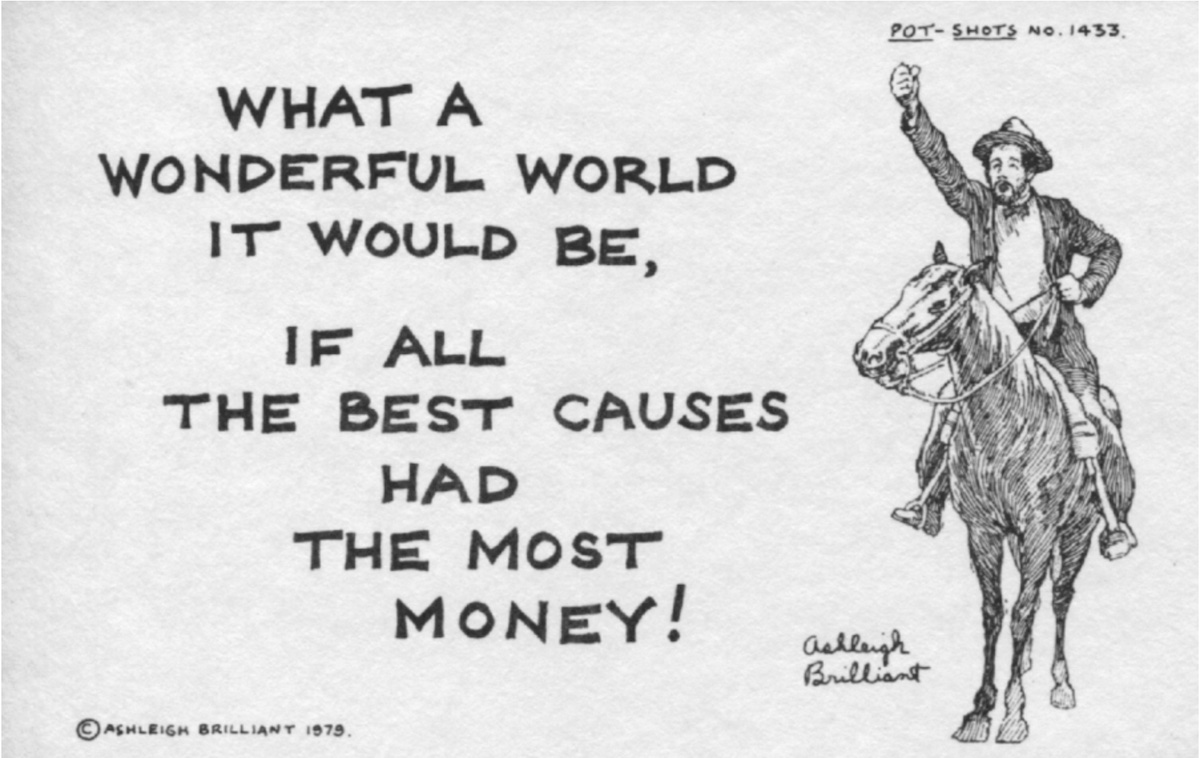Mark My Words

As we know from cave paintings, humans from earliest times seem to have always had an innate urge to make marks with whatever materials, and on whatever surfaces, were available. Outside of caves, it was stones, trees, or bones which presented themselves as the most “natural” surfaces. After writing was invented, it was possible to put words – even poems – on such things. The prefix “epi,” meaning “upon,” demonstrates how many of our words derive from the idea of something written “upon” something. Classic examples are the words “epistle,” “epilogue,” and “epitaph.”
The expression “making one’s mark in the world” has come to have great metaphorical meaning, implying some impressive, enduring accomplishment. People who’ve made their mark on their own times are remembered long after they’re dead. That is the fame part of “fame and fortune.” It has often derived from military conquests, such as those of Alexander the Great and Julius Caesar. But it can also come from spectacular inventions or discoveries, as is the case with Edison’s light bulb, and the Wright Brothers’ Flying Machine.
One kind of mark with which most of us are familiar is the registered – and therefore legally protected – Trademark. Some are instantly recognized – like the Coca Cola bottle, and the (partly eaten) Apple. You can actually register your own name as a trademark. I once did so myself, and also registered “Brilliant Thoughts,” thinking it very unlikely, however, that anybody else would appropriate it. Yet, somebody else soon did start using it – as part of the title of a book of collected quotations (none of them by me). This led to a lengthy lawsuit, and my ultimately receiving a hefty settlement fee.
But a registered name doesn’t have to be unusual. A good example is the Smith Brothers, whose picture has always appeared on their packages of Cough Drops. Nothing unusual about the name “Smith,” so to emphasize their claim, the two brothers also put the words “Trade Mark” together with their images. But those words appeared separately under the two images, in such a way that many people thought (and perhaps still do) that the names of the brothers were “Trade” and “Mark.”
Of course, the kind of personal mark which most of us make most frequently is our own signature. No law says that this must be legible, or that it must consist only of your own name. The important thing is that you make it yourself – as is implied in the word “autograph.” Hence the stories about people with bank accounts who have never learned to write. They can still make an “X,” and that is considered valid, if somebody else witnesses the signing and writes the name, together with the words “his [or her] mark.” As you know, the autographs of celebrities or of historically significant people can be very desirable to collectors, and have commercial value – even more so if they’re on a baseball or a theater program.
There’s nothing new about this. In the Gilbert and Sullivan song “I’ve Got a Little List” (from the 1885 opera, The Mikado), we are given a list of “Society Offenders who might well be under ground, and who never would be missed.” Leading the list are “the pestilential nuisances who write for autographs.”
I myself am occasionally thus solicited. If the sender has been thoughtful enough to enclose an “S.A.S.E.” and only wants an autograph, I’m usually happy to oblige. I don’t know if school children still collect each other’s signatures in little autograph books, but as I remember, there was always somebody who disregarded whatever page was next, and wrote on the very last page: “By hook or by crook, I’ll be last in this book.” There was also, inevitably, some aspiring poet who began their entry with “Roses are red, Violets are blue.” A conventional follow-up would be something like “Sugar is sweet – And so are you.”
Writing on walls has always been a popular activity. For some reason, in World War II, American servicemen overseas often marked their presence with the words “KILROY WAS HERE.”
Then there are landmarks, natural and man-made. The word “milestone” is now so often used metaphorically that its basic meaning is forgotten. But on many country roads in Europe and elsewhere, you may still see actual milestones, humbly indicating distance or direction. I remember, when hitch-hiking in Ireland, being thus able to establish just how long a way it was to Tipperary.





